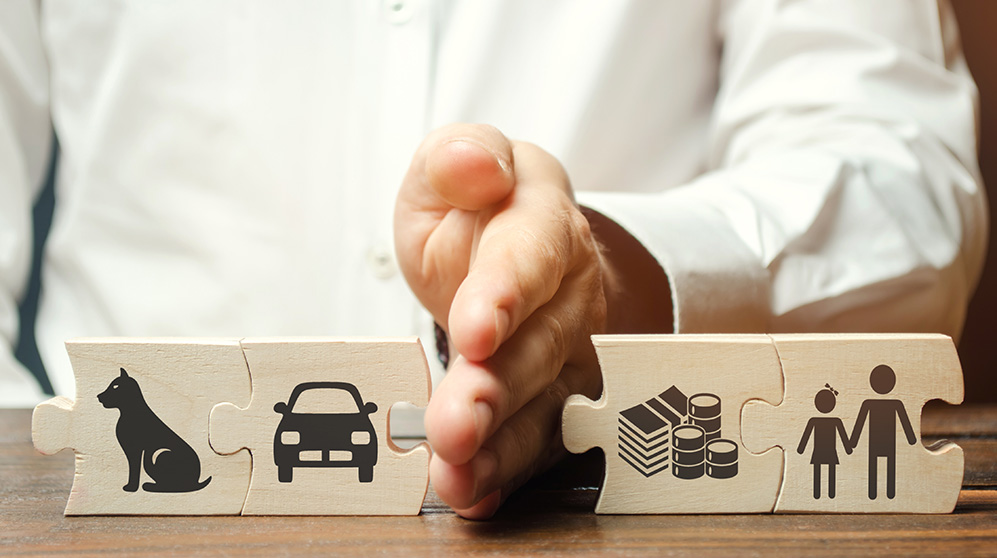Notes on the Economy – 1Q 2020 Summary
• 4 min read

Get the latest in Research & Insights
Sign up to receive an email summary of new articles posted to AMG Research & Insights.

ANOTHER RISK
In 2019, the global economy registered its slowest annual growth since 2009—3.0%, according to the International Monetary Fund’s (IMF) January compilation. Manufacturing activity was particularly weak. However, economic activity turned the corner going into 2020. Purchasing Managers’ Indices (PMIs), for example, indicate that global growth hit a bottom late last year. Global PMIs for both manufacturing and service activities as well as the composite index are all in expansion territory and exhibited accelerated gains in January. The nascent recovery in growth was then set back by the risk of heightened geopolitical conflict between the United States and Iran. More recently another risk to global growth, the outbreak of a coronavirus in Wuhan, China (COVID-19), has emerged. So far, the outbreak has been largely contained to China, with relatively few isolated cases elsewhere.
U.S. economic growth slowed following a first quarter 2019 increase in real GDP of 3.1%, annualized. Growth was 2.0% in the second quarter and 2.1% in both the third and fourth quarters. Real GDP for the full year 2019 was up 2.3% versus 2.9% for 2018. For January 2020, the annual core consumer price inflation rate is a moderate 2.3%. Labor markets are tight with the January unemployment rate at 3.6%, and the number of job openings exceeding the number of unemployed persons seeking work. The economy is estimated to be producing near, or slightly above its sustainable potential.
WHAT’S IMPORTANT
- COVID-19 Presents a Tail Risk – Although it is probable that the economic effects of the COVID-19 outbreak will be both temporary and transitory, a wider outbreak leading to severe curtailment of global output and financial panic remains a possibility.
- The Fed Will Probably Be on Hold Throughout 2020 – Federal Reserve (Fed) policymakers believe both the economy and monetary policy are in a good place. They currently anticipate no changes to the Fed’s interest rate target this year.
- Long-term Bonds Should Carry Warning Signs – Increased geopolitical risks and the outbreak of COVID-19 sent investors looking for safe havens and increased investors’ expectations of further easing in global monetary policies. So, bond yields are now extraordinarily low, but the condition will not be long-lasting.
- Diversification of Equity Portfolios Is Vital – In an environment of heightened risk and uncertainty, failure to diversify imperils the health of an equities portfolio. A tilt toward value could also mitigate risk and lift return potential as well.
LOOKING AHEAD
The IMF projects world real GDP advancing 3.4% in 2020. That forecast was completed before the extent of the COVID-19 outbreak was known. However, the overwhelming majority of COVID-19 cases are occurring in China, and the infection rate appears to be past its peak. That suggests the economic consequences will likely be of limited scope and duration. If so, it is not unreasonable to anticipate that any hit to Chinese and global growth will be concentrated in the first half of 2020, and that it will be largely recouped in the second half of the year.
The economies outside of China most likely to be adversely impacted by the outbreak will be Japan and China’s Asian neighbors. Suppliers of commodities will be next in line. Those with manufacturing supply chains tied to China follow. The economy of the United States is very far down on the list, with a near negligible impact, assuming again, that the COVID-19 outbreak is contained.
Indeed, U.S. economic growth should remain somewhat above its sustainable potential. Consumers will be a major driver of growth. Employment levels are elevated, wage growth is outstripping inflation, and household net worth is at a record high, while leverage is low. The post-strike ramp-up of auto production will likely offset the production stoppage of Boeing’s 737 MAX early in the year. Restarting 737 MAX production will boost second half real GDP. Three policy actions are supporting robust growth: 1) a real federal funds rate hovering near zero, 2) almost $50 billion of added federal purchases, and 3) easing trade tensions with the “Phase I” rollback of U.S./China tariffs and the U.S.-Canada-Mexico trade agreement.
To receive a full copy of the Executive Summary or the entire 24+ page “Notes on the Economy” report, contact your AMG advisor or submit a request for more information.
This information is for general information use only. It is not tailored to any specific situation, is not intended to be investment, tax, financial, legal, or other advice and should not be relied on as such. AMG’s opinions are subject to change without notice, and this report may not be updated to reflect changes in opinion. Forecasts, estimates, and certain other information contained herein are based on proprietary research and should not be considered investment advice or a recommendation to buy, sell or hold any particular security, strategy, or investment product.
Get the latest in Research & Insights
Sign up to receive a weekly email summary of new articles posted to AMG Research & Insights.




